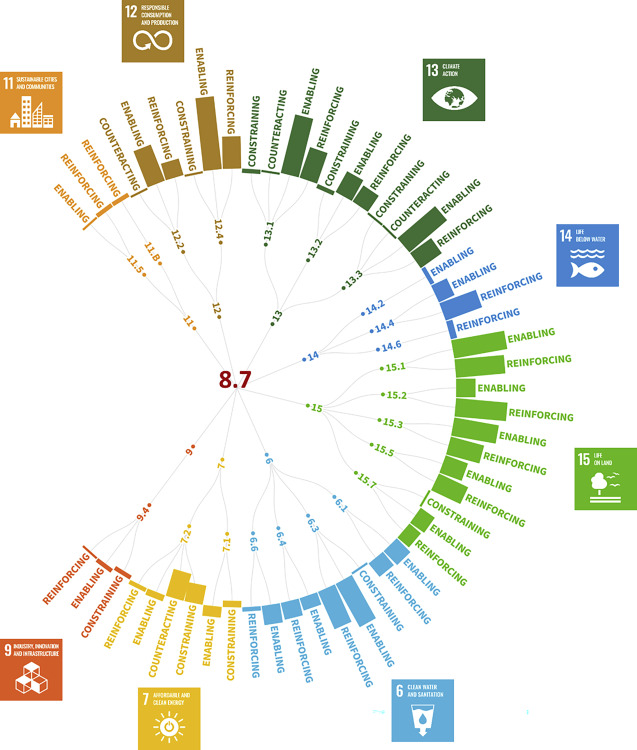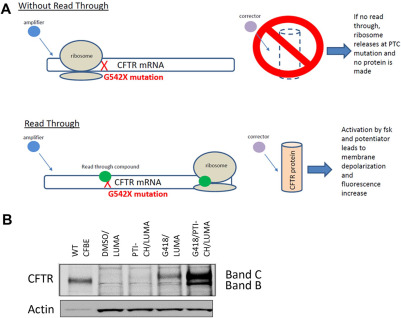Elsevier,
EClinicalMedicine, Volume 32, February 2021
A Research Paper on obesity, in the context of SDGs 3, 9, and 11, focusing specifically on the role of multi-level and multi-component interventions addressing healthy nutrition, physical activity, and education to mitigate the rising epidemic.
Elsevier, The Lancet Global Health, Volume 9, February 2021
An Article in support of SDG 3, showing that the age-adjusted prevalence of blindness has reduced over the past three decades, yet due to population growth, progress is not keeping pace with needs and vision impairment remains an urgent and increasingly important public health priority.
Elsevier,
The Lancet Regional Health - Western Pacific, Volume 7, February 2021
This paper supports SDG 3 by analysing the current national action plans of ten ASEAN countries and their alignment with the Global Action Plan on antimicrobial resistance, highlighting five key themes: policy design, implementation tools, monitoring and evaluation, sustainability, and One Health engagement.
Elsevier, Heliyon, Volume 7, February 2021
Plastic products have played significant roles in protecting people during the COVID-19 pandemic. The widespread use of personal protective gear created a massive disruption in the supply chain and waste disposal system. Millions of discarded single-use plastics (masks, gloves, aprons, and bottles of sanitizers) have been added to the terrestrial environment and could cause a surge in plastics washing up the ocean coastlines and littering the seabed.
Elsevier,
Public Health in Practice, Volume 2, 2021,100095,
A call for research into how planetary health, specifically public health, is linked to climate change and how humans are changing the planet. Climate change and biodiversity loss are impacting human immunity and disease outbreaks
Elsevier,
SLAS Discovery, Volume 26, February 2021
Cystic fibrosis (CF) is caused by a mutation of the Cystic Fibrosis Transmembrane Conductance Regulator (CFTR) gene, which disrupts an ion channel involved in hydration maintenance via anion homeostasis. Nearly 5% of CF patients possess one or more copies of the G542X allele, which results in a stop codon at residue 542, preventing full-length CFTR protein synthesis. Identifying small-molecule modulators of mutant CFTR biosynthesis that affect the readthrough of this and other premature termination codons to synthesize a fully functional CFTR protein represents a novel target area of drug discovery. We describe the implementation and integration for large-scale screening of a homogeneous, 1536-well functional G542X-CFTR readthrough assay. The assay uses HEK 293 cells engineered to overexpress the G542X-CFTR mutant, whose functional activity is monitored with a membrane potential dye. Cells are co-incubated with a CFTR amplifier and CFTR corrector to maximize mRNA levels and trafficking of CFTR to the cell surface. Compounds that allow translational readthrough and synthesis of functional CFTR chloride channels are reflected by changes in membrane potential in response to cAMP stimulation with forskolin and CFTR channel potentiation with genistein. Assay statistics yielded Z′ values of 0.69 ± 0.06. As further evidence of its suitability for high-throughput screening, we completed automated screening of approximately 666,000 compounds, identifying 7761 initial hits. Following secondary and tertiary assays, we identified 188 confirmed hit compounds with low and submicromolar potencies. Thus, this approach takes advantage of a phenotypic screen with high-throughput scalability to identify new small-molecule G542X-CFTR readthrough modulators.


